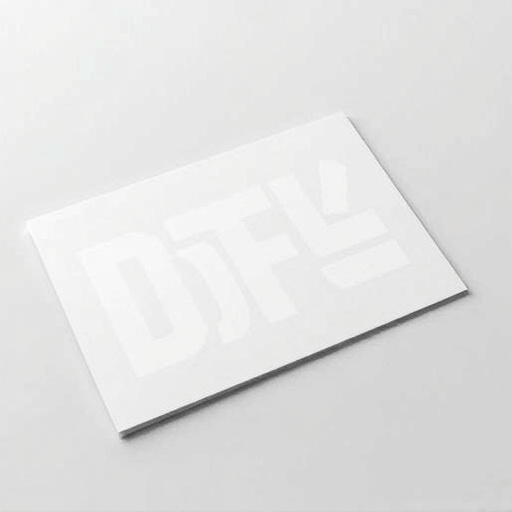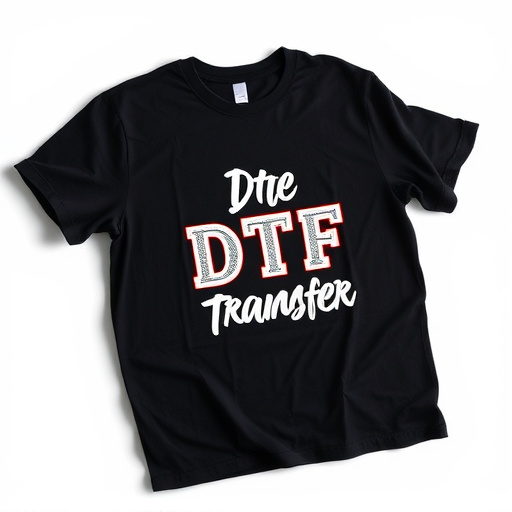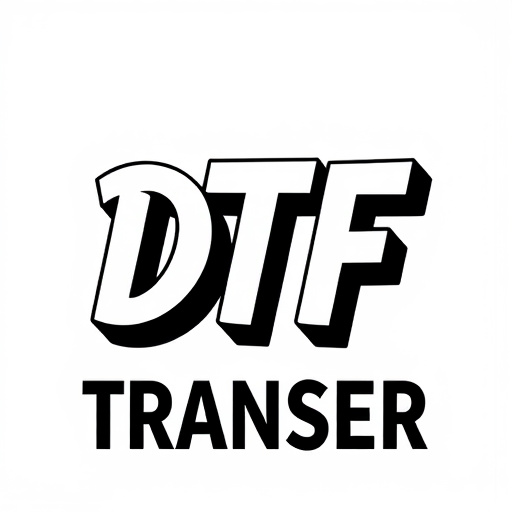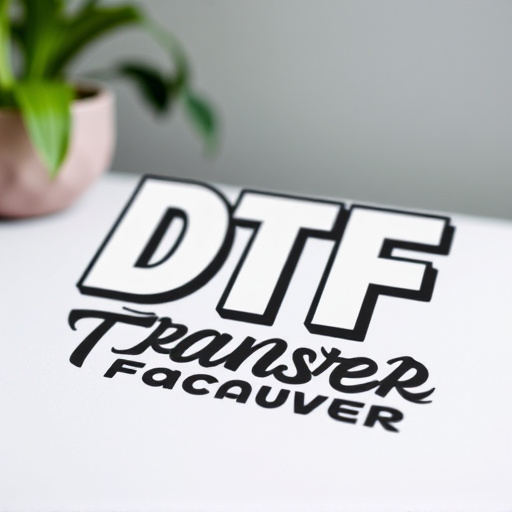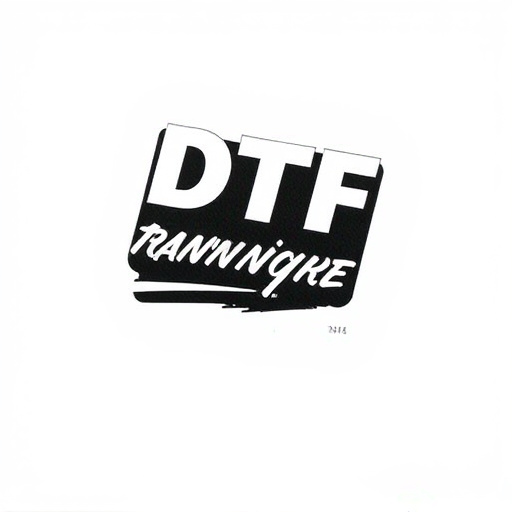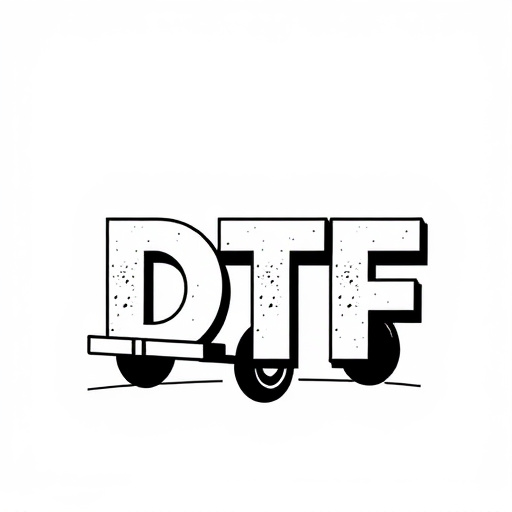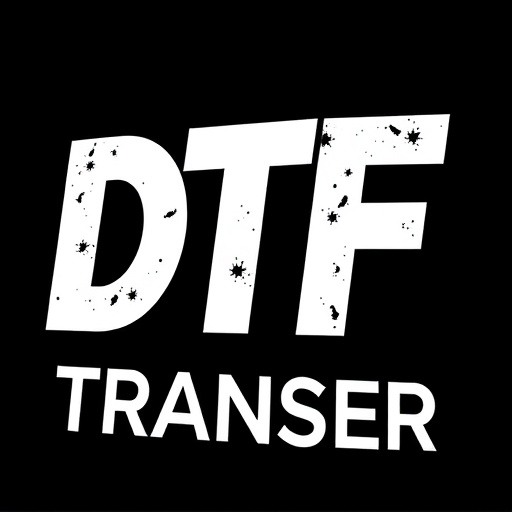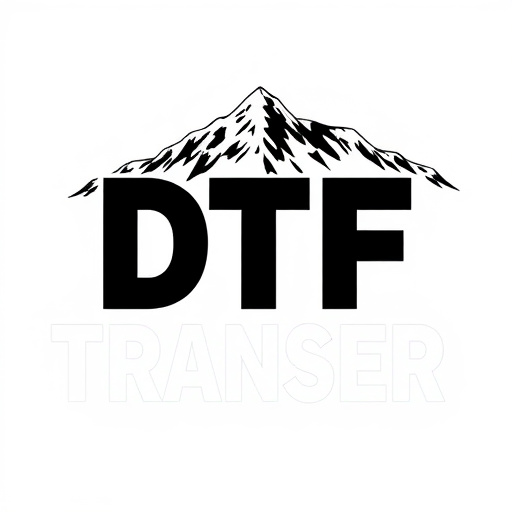Direct-to-Film (DTF) transfers have transformed fabric printing with their ability to create high-quality, vibrant prints on various fabrics. This method streamlines production and offers advantages like faster turnaround times, cost-effectiveness, and compatibility with diverse materials. Binding agents play a crucial role in securing and enhancing the longevity of DTF transfers, with water-based, hot melt, and solvent-based options available based on fabric type and desired outcomes. Selection requires consideration of fabric, print complexity, and finish, while proper cleaning, pre-treatment, positioning, and pressing techniques ensure high-quality, durable DTF prints suitable for apparel, design, and promotional merchandise.
“Unleash the potential of fabric printing with Direct-to-Film (DTF) transfers—a cutting-edge method gaining traction in the textile industry. This innovative process, however, relies heavily on binding agents to secure the transfer’s integrity. Explore the critical role these agents play and discover how they impact print quality. From understanding DTF technology to choosing the right binding compound, this guide covers everything. Learn about the various types, application techniques, and significant benefits of DTF transfers, enabling you to master this dynamic printing technique.”
- Understanding Direct-to-Film (DTF) Transfers: A Popular Fabric Printing Method
- The Role of Binding Agents in DTF Printing Process
- Types of Binding Agents for Optimal DTF Transfer Results
- How to Choose the Right Binding Agent for Your DTF Prints
- Application Techniques for Achieving High-Quality DTF Prints
- Benefits and Considerations of Using DTF Transfers on Fabrics
Understanding Direct-to-Film (DTF) Transfers: A Popular Fabric Printing Method
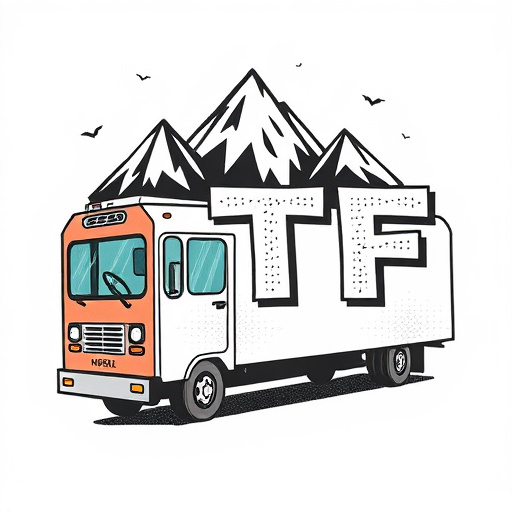
Direct-to-Film (DTF) transfers have gained significant popularity in the fabric printing industry due to their ability to produce high-quality, vibrant prints directly onto various fabrics. This innovative method eliminates the need for traditional screen printing or heat transfer processes, streamlining the production workflow. DTF involves applying a special ink to a film, which is then pressed against the fabric under heat and pressure. The ink permanently bonds with the fabric fibers, creating incredibly detailed and durable DTF prints.
This modern approach offers several advantages, including faster turnaround times, cost-effectiveness for small to medium production runs, and the ability to print on a diverse range of materials, from cotton tees to denim jackets. As a result, DTF transfers have become a go-to choice for many fashion designers, small businesses, and even hobbyists looking to create unique, personalized fabric designs swiftly and efficiently.
The Role of Binding Agents in DTF Printing Process

In the intricate world of DTG (Direct-to-Garment) printing, binding agents play a pivotal role in securing and enhancing the longevity of vibrant DTF transfers on fabrics. These specialized substances act as a crucial bridge between the design and the material, ensuring a lasting bond that withstands wear and tear. When a custom design is applied via a DTF transfer, the binding agent comes into play by filling the spaces between the fabric fibers, creating a seamless fusion that reproduces the intricate details of the print.
The process involves precise application of the binding agent onto both the transfer and the fabric, creating a chemical reaction that solidifies the bond. This not only secures the design but also contributes to the overall durability and quality of DTF prints. By sealing the ink particles in place, these agents prevent smudging, fading, or flaking, ensuring that the vibrant colors and intricate patterns remain intact even under rigorous washing conditions. This level of precision and strength is particularly valuable for businesses catering to diverse markets, from fashion to promotional merchandise, where DTG printing has become a preferred method for creating unique, high-quality garments.
Types of Binding Agents for Optimal DTF Transfer Results
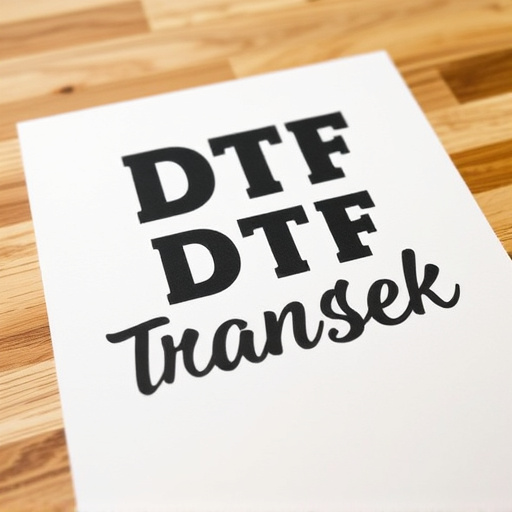
When it comes to securing direct-to-film (DTF) transfers on fabrics, the choice of binding agent plays a pivotal role in achieving optimal results. Different types of binding agents are designed to cater to specific requirements, ensuring that DTF prints maintain their vibrancy, durability, and overall quality. For instance, water-based adhesives are popular for their ease of use and eco-friendly nature, making them suitable for various fabric types. These adhesives form strong bonds while allowing the fabric to retain its breathability, which is crucial for certain applications like sportswear or outdoor gear.
On the other hand, hot melt adhesives offer a robust solution for more demanding DTF transfer projects. They provide exceptional heat resistance and strength, making them ideal for heavy-duty fabrics or items exposed to high temperatures. Additionally, solvent-based binding agents are known for their strong adhesive properties and ability to create long-lasting bonds on a range of surfaces. This versatility makes them a preferred choice for industrial-scale DTF printing, where durability and consistency are paramount. Each type has its advantages, allowing printers to select the most suitable binding agent based on the desired outcome and fabric characteristics, ultimately enhancing the overall quality of DTF prints.
How to Choose the Right Binding Agent for Your DTF Prints

Selecting the ideal binding agent is a crucial step in achieving high-quality DTF (Direct-to-Film) transfers on fabrics. The right choice ensures optimal adhesion, vibrant colors, and long-lasting durability for your prints. When considering a binding agent, several factors come into play. Firstly, understand the fabric type; different materials require specific agents to create a strong bond without causing damage or discoloration. Cotton, polyester, and nylon each have unique properties that dictate the adhesive selection.
Secondly, consider the print complexity and desired finish. For intricate designs with fine details, a more versatile binding agent might be necessary to accommodate the print’s nuances. Additionally, if you aim for a matte or glossy finish, certain agents can enhance these effects, ensuring your DTF prints stand out. Always refer to the manufacturer’s guidelines and conduct tests on scrap fabric samples to find the perfect binding agent that meets your DTF printing needs.
Application Techniques for Achieving High-Quality DTF Prints
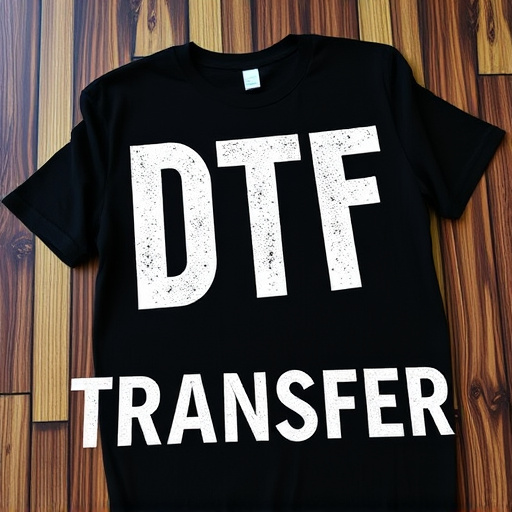
Achieving high-quality Direct-to-Film (DTF) transfers on fabrics requires precise application techniques. The process begins with preparing the fabric surface, ensuring it’s clean and free from debris or oils that could hinder adhesion. This often involves pre-treating the material with suitable cleaners or primers recommended by the DTF manufacturer. Once ready, the DTF film is carefully positioned over the target area, aligning patterns or designs precisely.
Pressing the film gently but firmly creates a strong bond between the ink and fabric fibers. Heat plays a crucial role here; applying the right temperature for an optimal duration ensures the DTF transfer sets correctly. Post-application, careful removal of the backing paper is essential to prevent ink smudging or shifting. Proper techniques guarantee vibrant, long-lasting DTF prints that resist fading or peeling, making them ideal for various textile applications.
Benefits and Considerations of Using DTF Transfers on Fabrics
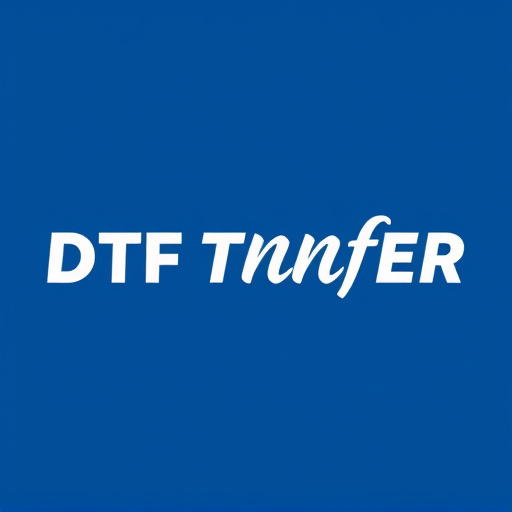
Direct-to-film (DTF) transfers offer a range of benefits for applying graphics and designs to fabrics. One of the key advantages is the high-quality, vibrant prints they produce. DTF technology ensures that intricate details and complex colours are accurately replicated on fabric, making it ideal for custom apparel, textile design, and promotional merchandise. Additionally, DTF transfers provide a cost-effective solution for short-run or one-off projects, as there’s no need for expensive set-up costs associated with traditional printing methods. This makes it accessible for small businesses, designers, and enthusiasts to bring their creative visions to life quickly.
However, some considerations come with using DTF transfers. The process requires specific equipment and materials, including a DTF printer, film, and a suitable fabric. Not all fabrics are compatible with DTF printing; natural fibres like cotton absorb ink better than synthetic materials. Additionally, proper curing of the print is essential to ensure durability, which might involve heating or specific drying techniques. Despite these requirements, DTF Printing allows for remarkable design flexibility, enabling users to achieve unique and eye-catching DTF prints on a variety of fabric types.
